Pick up from the hotel. We begin the tour with the visit of the Parliament Palace, the second largest building in the world, symbol of the communist megalomania. We will see 1% of the more than 1000 rooms of the Parliament Palace. We continue with the Patriarchate, the siege of the head of the Orthodox Church.
Optional Lunch at a traditional restaurant or Free time for Lunch after which we visit the Old City center. At the beginning of 1400s, most merchants and craftsmen – Romanian, Austrian, Greek, Bulgarian, Serbian, Armenian and Jewish – established their stores and shops in this section of the city. Soon, the area became known as Lipscani, named for the many German traders from Lipsca or Leiptzig. Other streets took on the names of various old craft communities and guilds, such as Blanari (furriers), Covaci (blacksmiths), Gabroveni (knife makers) and Cavafii Vechii (shoe-makers). The mix of nationalities and cultures is reflected in the mishmash of architectural styles, from baroque to neoclassical to art nouveau. Today, the area is home to many art galleries, antique shops and coffeehouses. On a beautiful day, you can stroll down the narrow cobblestone streets and imagine the shopkeepers outside near their stores, encouraging people to buy their merchandise and negotiating prices with them.
We continue our visit by bus and arrive in the north part of Bucharest where we are going to admire the rural architecture of the open air Village Museum. Founded by Royal Decree in 1936, and covering some 15 hectares on the shores of Lake Herăstrău, Muzeul Satului is one of the greatest outdoor museums in the Balkans. There are more than 60 original houses, farmsteads, windmills, watermills and churches from all of Romania’s historic regions: Transylvania, Oltenia, Dobrogea and Moldavia. Every exhibit has a plaque showing exactly where in Romania it was brought from.
Optional, we can end the day with a traditional dinner with a folklore program in a famous restaurant in the old city center.
Transfer to the hotel.

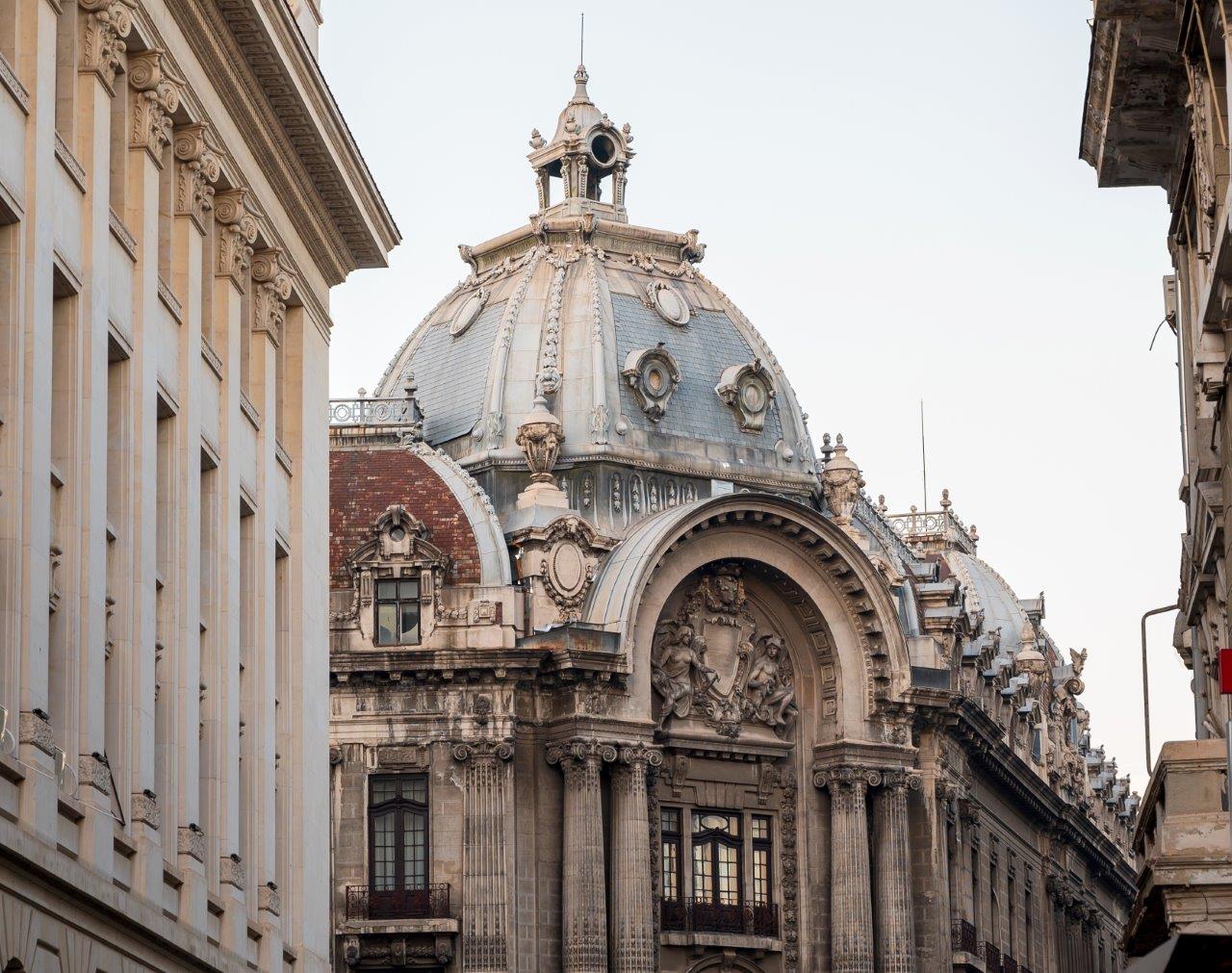

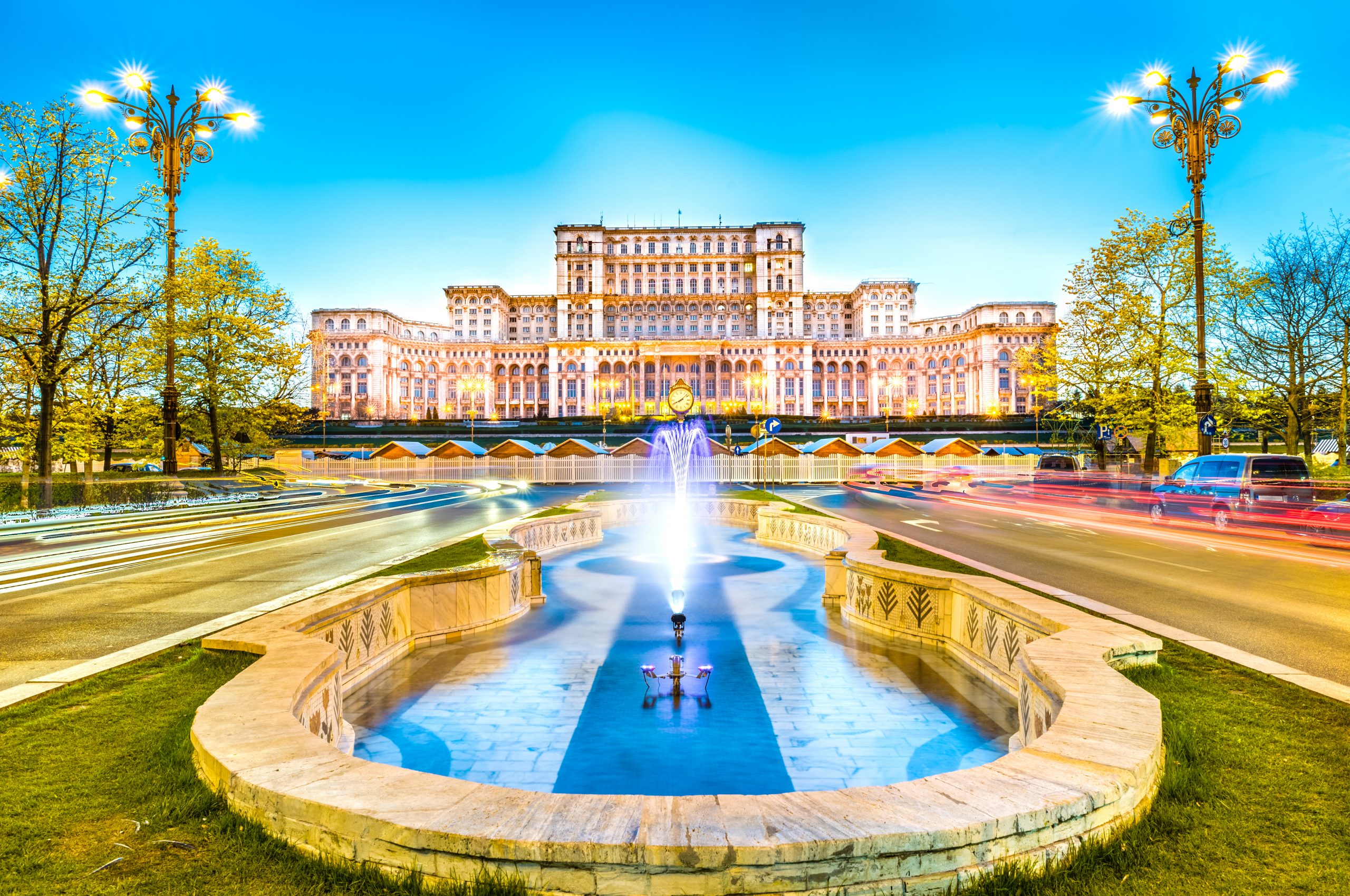
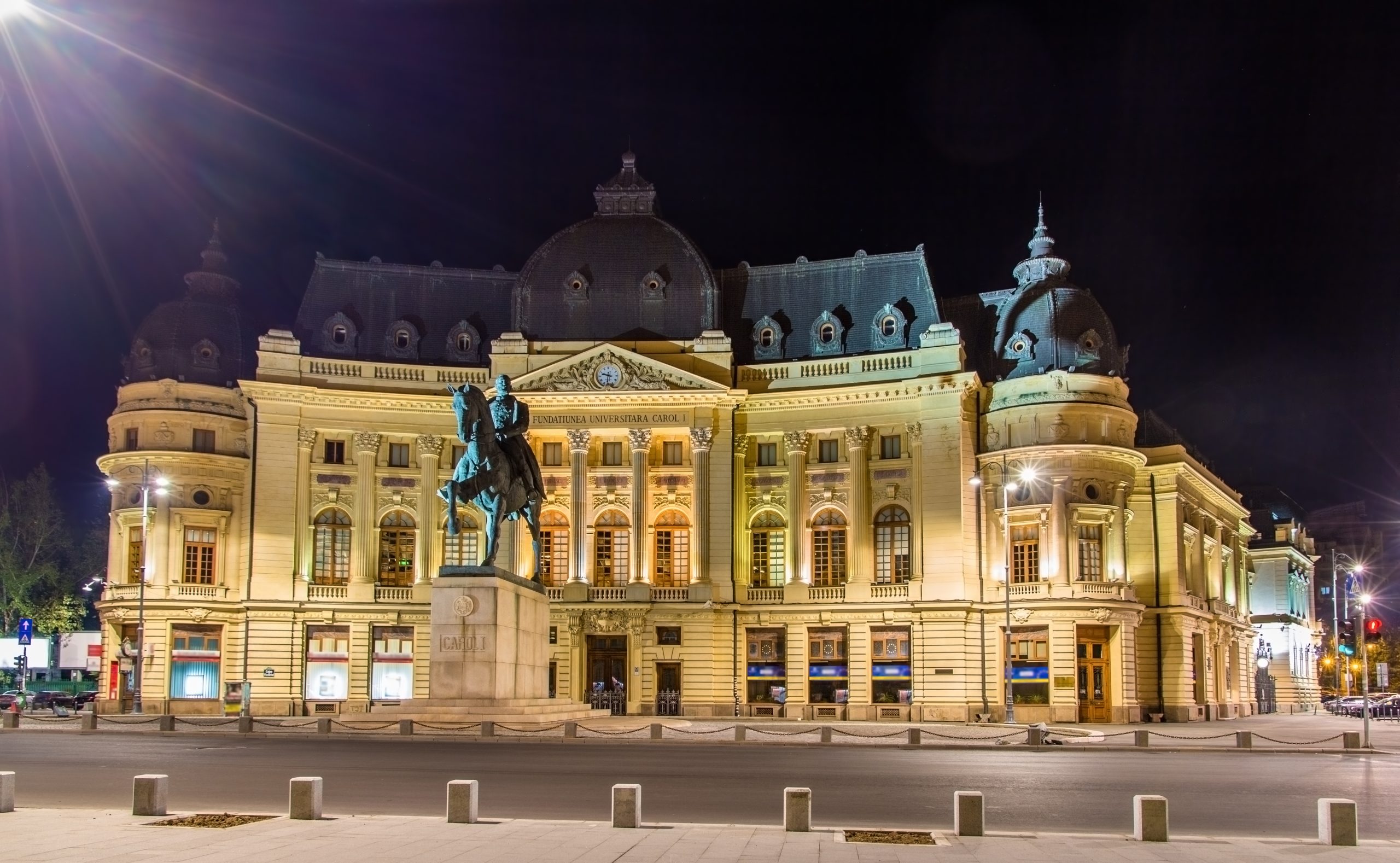



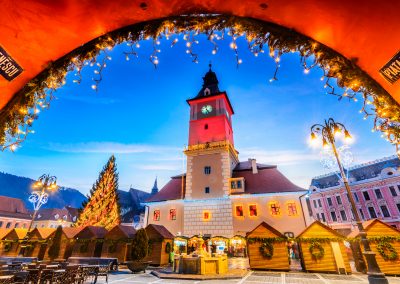
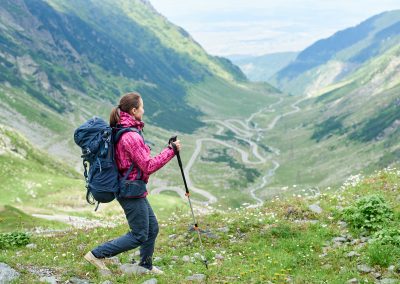
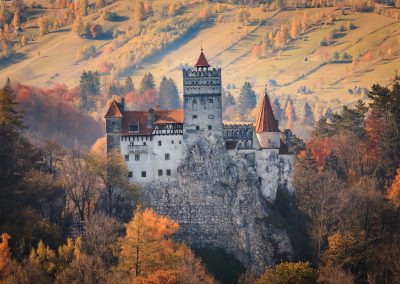
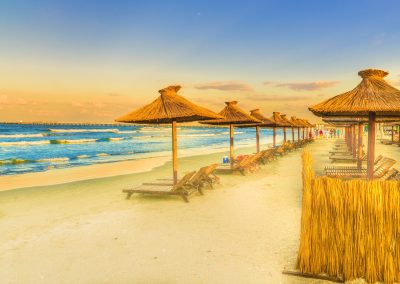
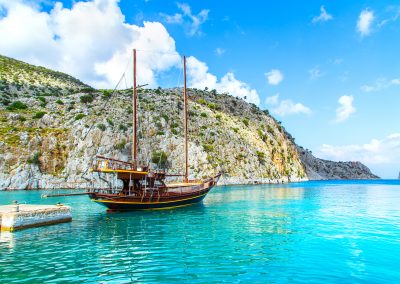
Reviews